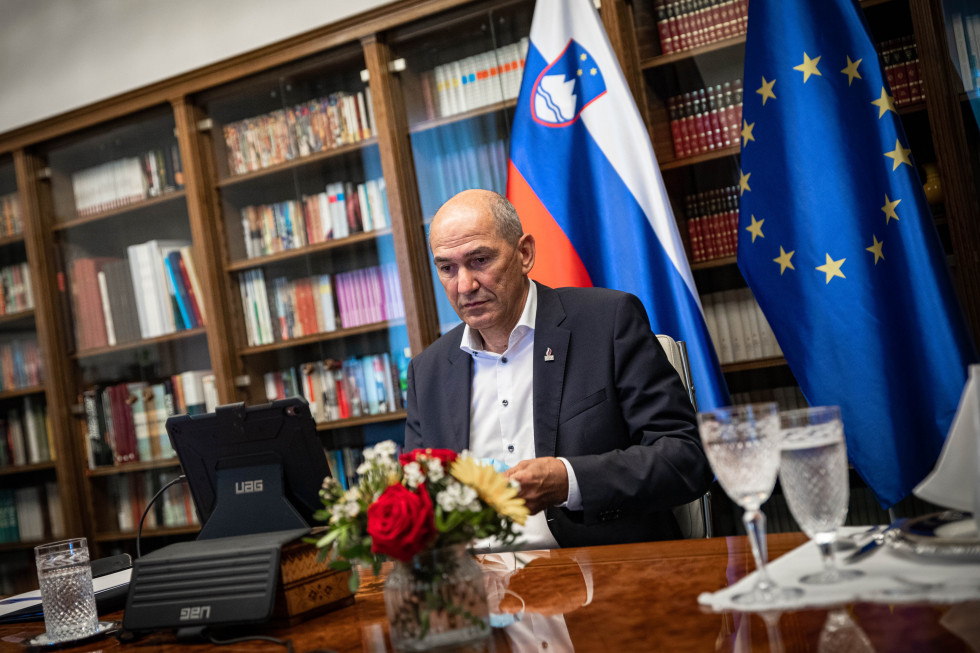The Parsifal agency conducted a public opinion poll for Nova24TV. The poll was conducted during the time period from September 14th to September 17th. A total of 701 questionnaires were completed. In the poll, we were particularly interested in finding out more about the following topics: the best option for Slovenia, the most suitable candidate for the position of the Prime Minister, support for the protests against the government, the need to invest in the Slovenian Army, and support for the Demographic Fund. The results show that the majority of the respondents support the current government, Janez Janša, and the SDS party, despite severe pressure from the mainstream media, ministerial interpellations, and inciting demonstrations on Fridays, and fewer and fewer people are in favour of early elections. At the same time, most of the respondents believe that investments in the Slovenian Army are necessary, and a Demographic Fund is also necessary.
In the following article, we will first touch on which option would be the best for Slovenia. 45.5 percent of the respondents think that the current government coalition should persist until the next regular parliamentary elections.
There are 38 percent of those who believe that early elections should be called as soon as possible. However, there are far fewer, only 11.4 percent of those who are in favour of the idea of forming a different government coalition within the current composition of the National Assembly. Only 5.1 percent of the respondents do not know what the best thing to do would be. Since last month, support for the current government has increased by almost four percent, and the number of those who believe that early elections should be called as soon as possible has lowered by almost seven percent.
Furthermore, we were interested in who the respondents see as the most suitable candidate for the position of the Prime Minister, and the responses show that the current Prime Minister, Janez Janša, has the highest support by far, as he is supported by almost a third of the respondents (26.6 percent). Marjan Šarec is far behind Janša, with the support of 12.6 percent of the respondents, and Tanja Fajon is in third place, with 10.2 percent of support. They are followed by Zmago Jelinčič Plemeniti, with 5.1 percent, Matej Tonin with 4.4 percent, and Alenka Bratušek with 3.2 percent. Other potential candidates for the position of the prime minister received fewer votes, and as many as 30.9 percent of the respondents were undecided.
We also wanted to know how many of the respondents support the anti-government protests, and it was found that more than half of the respondents (57.7 percent) do not support the anti-government protests, 38.8 percent support them, and 3.6 percent did choose a side in this particular issue. At the same time, there is a noticeable trend of fewer and fewer people supporting the protests, if we compare the data from this month with the data for August and July.
In the following questions, we also touched on the issue of the future of the Slovenian Armed Forces. The majority of the respondents are convinced that investments in the Army are necessary (51.3 percent), 44.4 percent are convinced that they are not necessary, and 4.3 percent remain undecided.
It is well-known that the government is setting up a Demographic Fund, to which it intends to transfer all state-owned enterprises, in order to provide funding for the pensions. The majority of the respondents supported this idea –namely, 68.9 percent. 20.5 percent were against it, and 10.5 percent did not know how to answer.
Domen Mezeg

